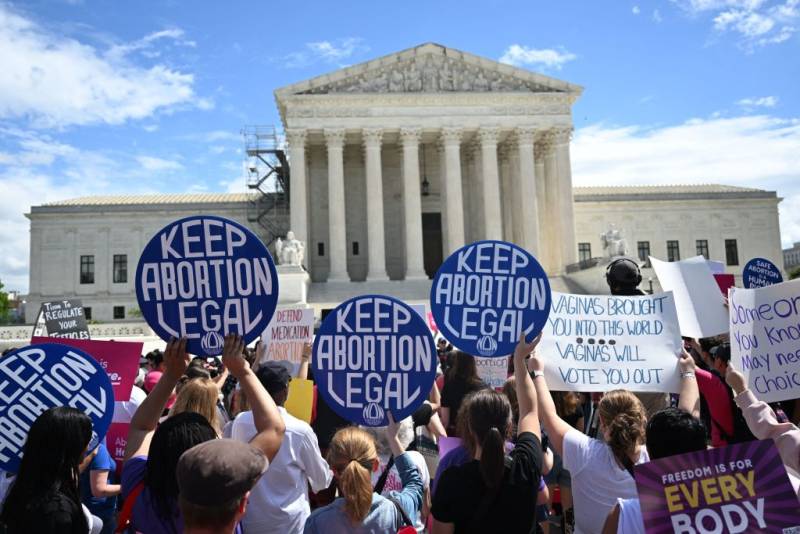The number of women getting abortions in the U.S. each month actually went up in the first three months of 2024 compared with the months before the Supreme Court overturned Roe v. Wade, a report released Wednesday found, reflecting the lengths that Democratic-controlled states went to expand access.
A major reason for the increase is that some Democratic-controlled states enacted laws to protect doctors who use telemedicine to see patients in places that have abortion bans, according to the quarterly #WeCount report for the Society of Family Planning, which supports abortion access.
The data comes ahead of the November elections in which abortion-rights supporters hope the issue will drive voters to the polls. In some places, voters will have a chance to enshrine or reject state-level abortion protections.
Fallout from the Supreme Court’s June 2022 ruling in Dobbs v. Jackson Women’s Health Organization has remade the way abortion works across the country. The #WeCount data, which has been collected in a monthly survey since April 2022, shows how those providing and seeking abortion have adapted to changing laws.
The survey found that the number of abortions fell to nearly zero in states that banned abortion in all stages of pregnancy and declined by about half in places that banned it after six weeks of pregnancy, before many women know they are pregnant. Fourteen states are enforcing bans on abortion at all stages of pregnancy, with some exceptions, and four others bar it after about six weeks of pregnancy.

